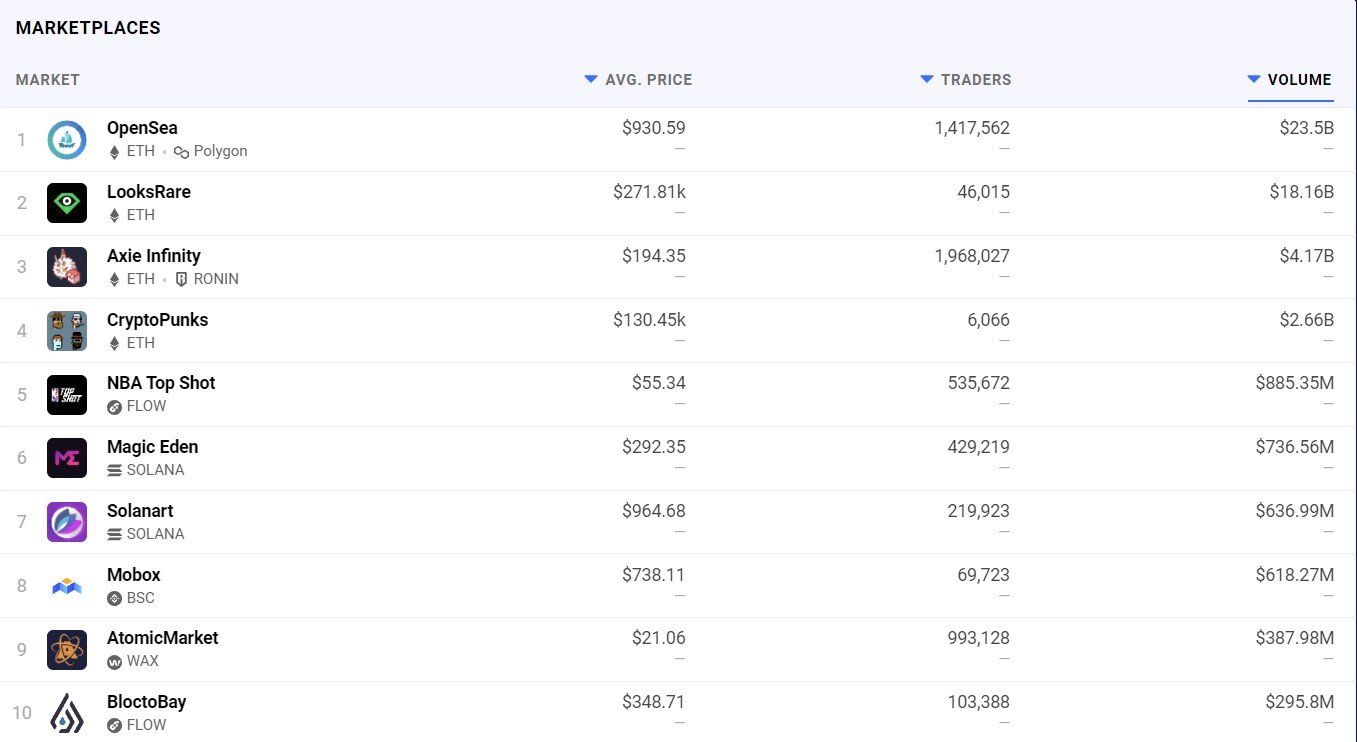Ethereum Prepares To Move To Proof-of-Stake, Will Solana NFTs Last?
It appears that the long-awaited upgrade to Ethereum becoming a proof-of-stake blockchain is around the corner. Basically, Ethereum has just completed the merge on its last public testnet, Kiln. The merge seems like a success, meaning that we are now closer to Ethereum’s proof-of-stake switch than ever before. So what does that mean for the growing ecosystem of Solana NFTs?

The Ethereum merge on Kiln testnet is the precursor to its Proof-of-Stake move
For those who don’t know, Ethereum has had an upgrade to its network on the cards for some time now. Indeed, the switch to Eth 2.0 has been a highly anticipated one. Interestingly enough, the Ethereum foundation actually stopped using the Eth2 terminology in late 2021. Instead, it has adopted the name, ‘The Merge’ to refer to the upgrade.
Of course, the main highlight of the upgrade is the switch from the proof-of-work consensus model to proof-of-stake. Therefore, The Merge refers to joining the Ethereum mainnet(PoW) with the Beacon protocol (PoS).
To sum up, the proof-of-work model that Ethereum currently uses is a highly energy-intensive model of confirming blockchain transactions. As a matter of fact, the proof-of-work model is what is responsible for the criticisms of NFTs and Ethereum in general as being bad for the environment. On the other hand, proof-of-stake as a model is much more energy-efficient, quicker, and more scalable. As a result, many in the space are eager for Ethereum to switch to proof-of-stake.

Can Solana keep closing the gap on Ethereum in the NFT space?
Due to the issues with Ethereum’s energy usage and high transaction fees, NFT owners have been looking at alternative smart contract chains like Solana, Tezos, and Cardano. Those chains used proof of stake from the get-go, which endeared them to certain users. Solana in particular has become the main alternative to Ethereum when it comes to NFTs.
It will be interesting to see whether the Solana NFT ecosystem will be able to sustain the growth it has had over the past few months with Ethereum getting closer to its proof-of-stake switch. To illustrate, according to DappRadar four of the top ten NFT marketplaces by all-time trade volume are on Ethereum (OpenSea, LooksRare, Axie Infinity, and CryptoPunks) versus two (Magic Eden and Solanart) for Solana.
With that being said, it’s hard to see Solana catching up to Ethereum. After all, Ethereum is already far ahead by trade volume, even with all its current issues. Once Ethereum starts using proof-of-stake, there won’t be nearly as much of a reason to use Solana over Ethereum. Regardless, Solana NFTs will likely continue to have a place in the wider NFT landscape.
Are you tired of missing important NFT drops?
Just check out our NFT Calendar !
We summarize the biggest news of the day :
All investment/financial opinions expressed by NFTevening.com are not recommendations.
This article is educational material.
As always, make your own research prior to making any kind of investment.


